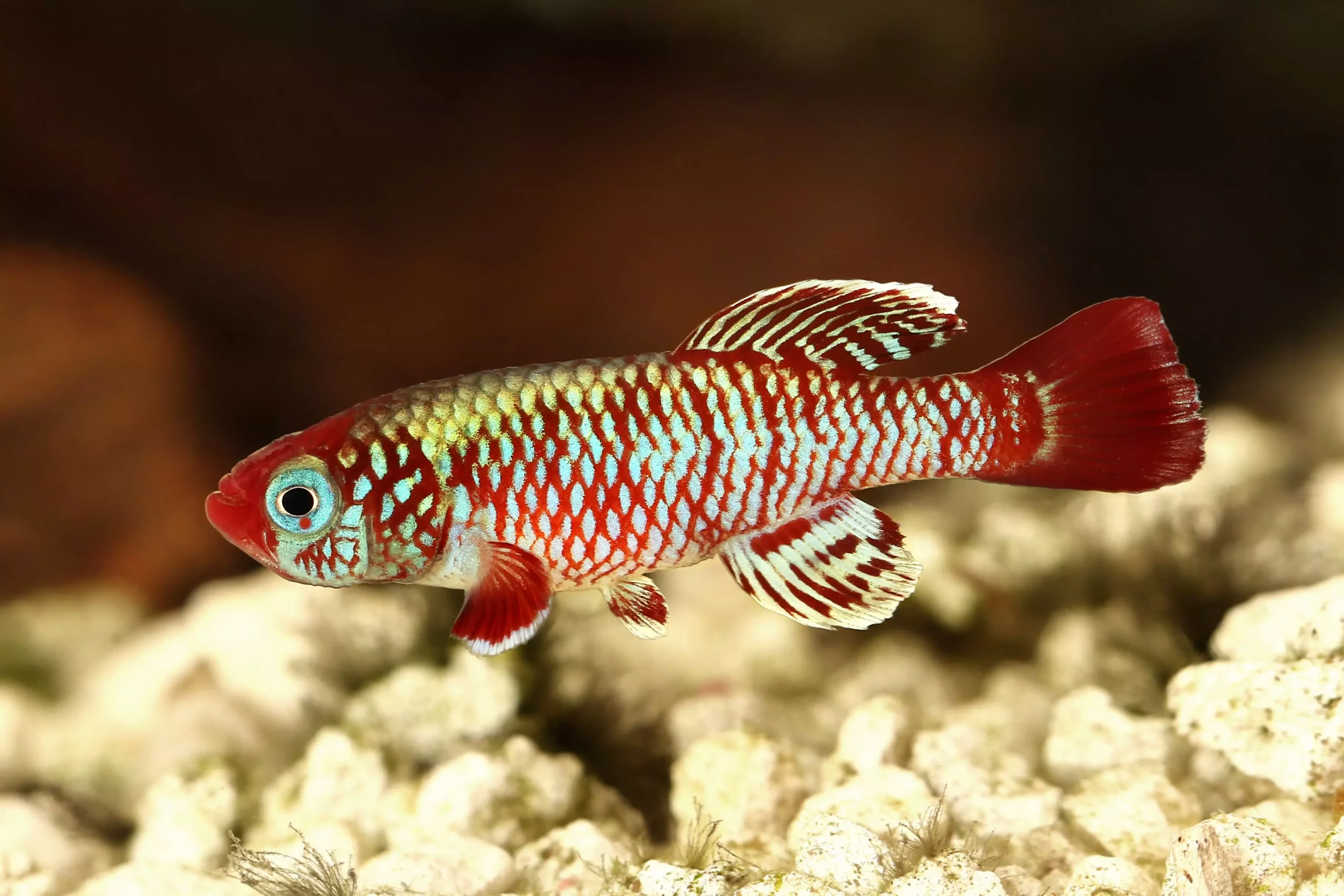Killifish, known scientifically as egg-laying tooth carps, offer a captivating glimpse into the diversity of freshwater life. Though they share a family kinship with live-bearing tooth carps, such as guppies and molly fish, their reproductive methods and habitats sharply differ. This disparity invites aquarists and enthusiasts alike to explore the complexities surrounding these colorful and intriguing fish, making them a popular subject in both home aquariums and scientific study.
Killifish can be found in a broad geographical range that includes the Americas and Africa, extending from the United States down through Central and South America to Argentina, and across the Old World in regions of Africa and the Far East, with some varieties even located in southern Europe and the Middle East. This wide distribution demonstrates their adaptability to varied environments, which can range from tropical rainforests to dry savannahs.
In rainforests, killifish often inhabit pools, swamps, and streams sheltered from direct sunlight, thriving in cooler temperatures around 72 to 75°F (22 to 24°C). This environment creates low lighting conditions that are essential for species such as Aphyosemion and “panchax,” which favor spawning among floating plant roots. Conversely, species residing in tropical savannahs endure harsher conditions, where ponds dry up during droughts, leading them to bury their eggs in the mud. These so-called “annual fish” often perish when the ponds dry, but their buried eggs can withstand significant hardship, hatching in response to seasonal rains.
The reproductive methods of killifish are particularly fascinating. Annual species display remarkable reproductive strategies; after burying their eggs at varying depths beneath the mud, these eggs face the test of time until the environment becomes conducive to hatching. Given their vibrant colors and striking fin shapes, these fish draw the attention of aquarists. Notably, even a well-maintained aquarium cannot mimic the natural rhythm of seasons that these fish have evolved with, often resulting in a brief lifespan despite ideal conditions.
For killifish enthusiasts, understanding these reproductive behaviors is crucial when attempting to breed them. Top-spawning species require a breeding tank with a layer of peat moss to create the appropriate acidic environment, while bottom-spawning species necessitate deeper substrates to mimic their natural egg-laying practices. Indeed, creating an optimal atmosphere for both spawning and cultivation can easily become a rewarding yet demanding aspect of caring for these fish.
Killifish thrive primarily on live food, which aligns with their predatory instincts. They favor insect larvae, similar to their more well-known relatives like guppies and mollies. In an aquarium setting, aquarists can feed them a varied diet consisting of live and frozen food options, including bloodworms and brine shrimp. Although dry flake foods can sustain them, they typically show a marked preference for live options.
However, their specific dietary needs and preference for cooler water temperatures can pose challenges when maintaining a community aquarium. While some species can be relatively peaceful, the temperament of killifish varies, and certain individuals may display aggression towards conspecifics or other species. Thus, careful consideration is needed when introducing killifish to mixed-species tanks to prevent conflicts and ensure a balanced aquatic environment.
When establishing a habitat for killifish in an aquarium, several factors must be taken into account. A minimum tank size of 20 gallons is often recommended to provide adequate space and minimize overcrowding, particularly if multiple species or individuals are kept. Low light is vital to mimicking their natural surroundings, hence opting for plants that don’t require intense illumination is wise.
Moreover, water conditions play an important role in their health; killifish prefer soft, acidic water. For those without access to suitable tap water, rainwater can be utilized—but caution is advised, as rainwater can be contaminated. Special care should also be taken with substrates: darker materials, such as sand and gravel, are preferable to foster a conducive atmosphere for these delicate fishes.
Once established, breeding killifish can unfold as a rewarding experience, allowing aquarists to witness the lifecycle miracle. From egg acquisition to fry rearing, the process is both intricate and fascinating, providing a deeper appreciation for these resilient creatures.
Killifish present a vibrant array of colors, unique behaviors, and distinct care requirements that both challenge and fascinate aquarists. Whether one is drawn to their striking beauty or complex reproduction, these fish encapsulate the essence of aquatic diversity. Embracing their idiosyncrasies not only enriches the hobbyist’s experience but also contributes to the broader appreciation of biodiversity within our ecosystems. Through informed care and respect for their natural lifecycle, keeping killifish can transform an aquarium into a lively testament to the intricate web of life beneath the water’s surface.


Leave a Reply